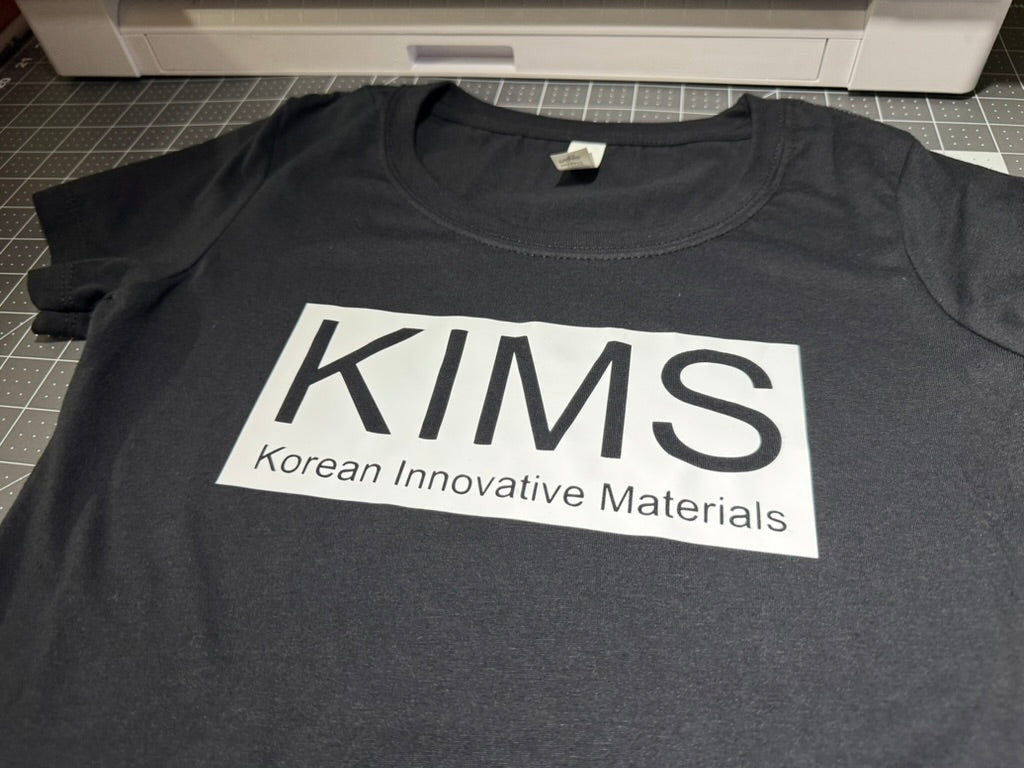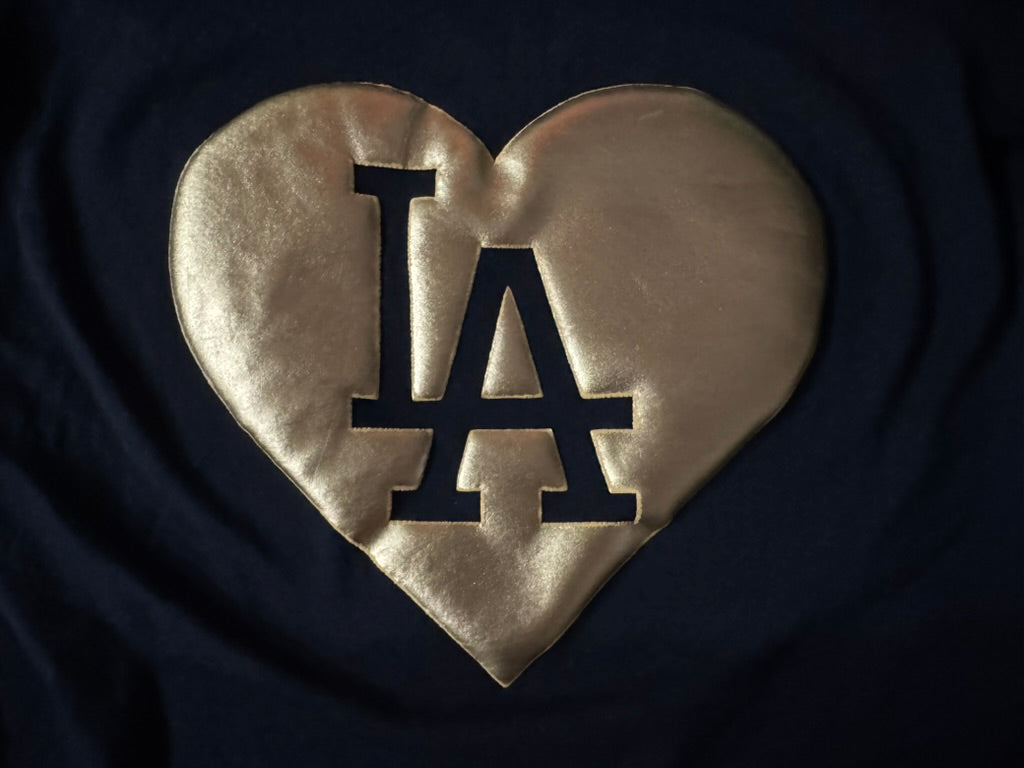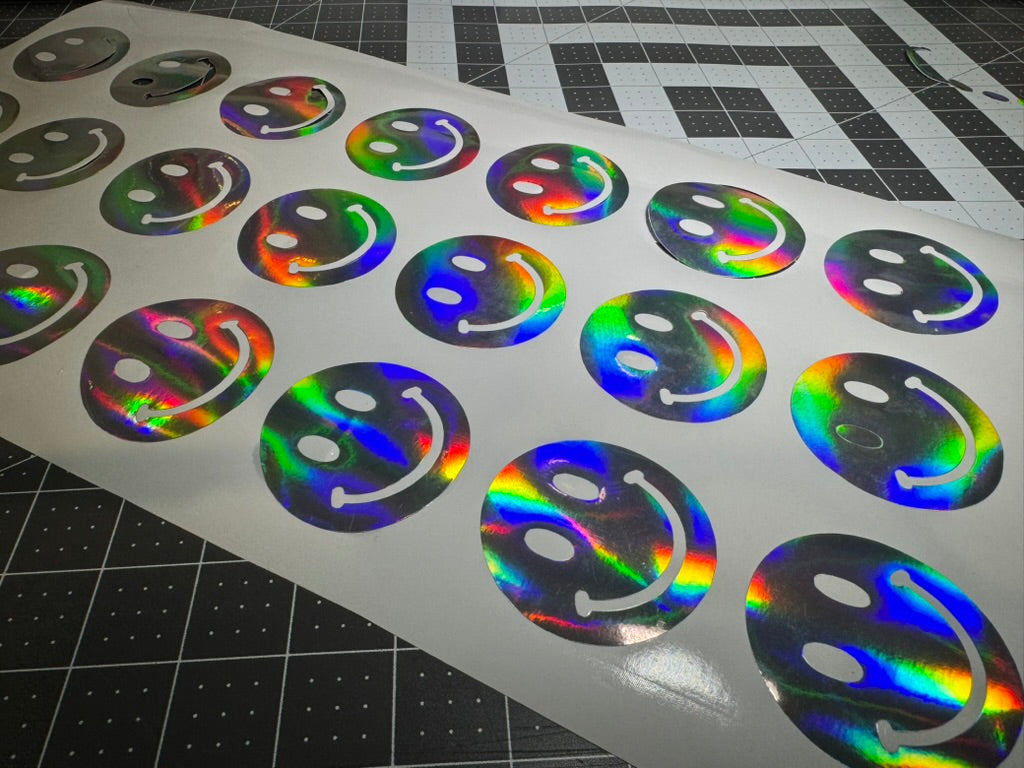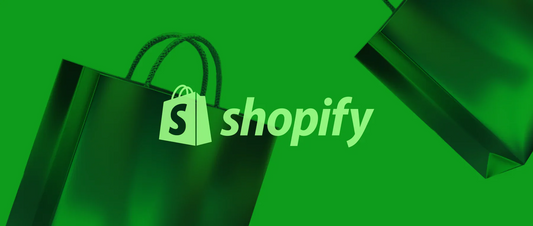Custom heat transfer vinyl is a specialized material used to create personalized designs on fabrics and other surfaces using heat and pressure. "Custom" refers to vinyl that is cut or printed to match unique graphics, logos, or text, rather than using pre-made patterns.
Heat transfer vinyl (HTV) is a thin, flexible material with a heat-activated adhesive backing, designed to be cut into shapes and transferred onto fabrics using a heat press. Custom HTV allows for unique and branded apparel or products in various colors and finishes.
This versatile material differs from standard vinyl in several ways. Standard vinyl is typically used for signage or decals, not apparel. HTV is engineered specifically for fabric adhesion and wash durability, and custom HTV offers more finish and color options for branding.
What Is Custom Heat Transfer Vinyl
Custom heat transfer vinyl consists of a polyurethane (PU) or polyvinyl chloride (PVC) base with a heat-activated adhesive layer and a protective carrier sheet. When applied with heat and pressure, this material bonds to fabric creating durable, washable designs.
The heat transfer process works in four simple steps:
-
Design is cut from HTV using a cutting machine
-
Excess vinyl is removed (weeded)
-
The design is placed on the fabric and pressed with heat and pressure
-
The carrier sheet is peeled away, leaving the design bonded to the fabric
Custom HTV is commonly used for:
-
T-shirts and uniforms
-
Promotional bags and accessories
-
Team jerseys and sportswear
-
Personalized gifts
This versatile material allows both small businesses and individuals to create professional-looking custom apparel without the high costs of screen printing for small runs.
|
Characteristics |
Custom HTV |
Regular Vinyl |
|---|---|---|
|
Applications |
Apparel, soft goods, promo items |
Signs, decals, hard surfaces |
|
Durability |
Washable, flexible, long-lasting |
Not designed for washing |
|
Customization Options |
Wide range of finishes, colors |
Limited to basic colors |
How Does Custom HTV Compare To DTF And Screen Printed Transfers
When comparing decoration methods, it's important to understand the differences between custom HTV, Direct-to-Film (DTF), and screen printed transfers. Each has distinct advantages depending on your project requirements.
Custom HTV works best for small runs and personalization. It's ideal for adding names, numbers, or logos to individual items. The vinyl is cut, weeded, and then heat pressed onto the garment. This method allows for specialty finishes like metallic, reflective, or 3D puff effects that other methods can't easily achieve.
DTF transfers excel with full-color, photo-realistic designs. The process involves printing directly onto a special film with ink and adhesive powder, then transferring to the garment. DTF doesn't require weeding and can reproduce complex images with gradients and fine details.
Screen printed transfers are most cost-effective for large, simple designs. Ink is screen printed onto release paper, then heat pressed onto garments. While setup takes longer, production becomes very efficient for bulk orders.
Comparison Table: HTV vs. DTF vs. Screen Printed Transfers
|
Technology |
Durability |
Cost |
Ideal Applications |
Production Time |
|---|---|---|---|---|
|
Custom HTV |
50+ washes |
Low for small runs |
Names, numbers, custom logos |
Fast for small runs |
|
DTF |
50+ washes |
Moderate |
Full-color, complex art |
Fast for large runs |
|
Screen Printed Transfer |
40-50 washes |
Lowest for bulk |
High-volume, simple designs |
Slower setup, fast run |
Both HTV and DTF offer excellent durability, typically lasting through 50+ washes when applied correctly. Screen printed transfers may show wear slightly earlier, often after 40-50 washes.
For cost efficiency, custom HTV makes sense for small batches and one-off items, while DTF and screen printed transfers become more economical as quantities increase.
Which Specialty Finishes Provide A Premium Edge
Specialty finishes can transform ordinary custom vinyl designs into eye-catching, premium products. These unique materials add visual interest, texture, and functionality that standard vinyl can't provide.
1. Reflective And Glow In The Dark Vinyl
Reflective vinyl contains tiny glass beads that reflect light back to its source, making designs visible in low-light conditions. This is perfect for safety wear, athletic apparel, and nighttime visibility gear.
Glow in the dark vinyl uses phosphorescent pigments that store light energy and emit it slowly in darkness. This effect is popular for children's clothing, event merchandise, and novelty items.
Both materials require specific care instructions:
-
Wash in gentle cycles
-
Dry at low temperatures
-
Avoid harsh chemicals that might damage the special effects
2. 3D Puff And Textured Vinyl Effects
3D Puff vinyl expands when heated, creating a raised, dimensional effect that adds both visual and tactile interest to designs. The vinyl literally "puffs up" during the heat application process, creating a soft, raised surface.
Textured vinyl comes in various finishes:
-
Flock: Feels velvet-like with a soft, fuzzy texture
-
Glitter: Contains embedded sparkle particles
-
Metallic: Provides a reflective, shiny surface
These effects work best for:
-
Fashion apparel
-
Team jerseys and sports logos
-
Promotional merchandise
-
Designs where texture adds value
When applying these specialty vinyls, use the correct temperature and pressure settings to achieve the full effect without damaging the material.
3. Color Changing And Holographic Options
Color-changing vinyl creates interactive designs that transform based on environmental conditions. Solar-activated vinyl changes color in sunlight, while temperature-sensitive vinyl shifts colors with heat or cold.
Holographic vinyl uses prismatic films that reflect light in rainbow patterns, creating shifting color effects as viewing angles change.
These dynamic materials are perfect for:
-
Limited edition apparel
-
Event merchandise
-
Youth fashion markets
-
Products where visual interest adds value
Specialty finishes help brands stand out in crowded markets and justify premium pricing. They create unique visual experiences that customers can't get with basic printing methods.
How To Prepare And Apply Heat Press Vinyl
1. Designing And Cutting Custom Vinyl Transfers
Creating custom vinyl transfers starts with good design preparation. Use vector-based software like Adobe Illustrator, CorelDRAW, or Cricut Design Space to create or import your artwork.
Before cutting, remember to mirror your design. This is crucial because the vinyl is cut on the back side and will be flipped when applied to fabric. Load your HTV into the cutting machine with the carrier sheet facing down.
Select appropriate cut settings based on your vinyl type. Different vinyls require different blade depths, pressures, and speeds. Most cutting machines have preset settings for common materials.
Design Tips:
-
Keep text legible at the intended size
-
Use bold lines for easier weeding
-
Test cut a small section before cutting the full design
-
Avoid extremely thin lines that might tear during weeding
Common design mistakes include forgetting to mirror the image and using fonts that are too thin or intricate to weed properly.
2. Weeding Small Details And Intricate Designs
Weeding is the process of removing excess vinyl from around your design. This step requires patience and attention to detail, especially for intricate designs.
Start with good lighting – a light box can be extremely helpful for seeing cut lines clearly. Work from the outside in, removing the largest pieces of excess vinyl first, then moving to smaller interior sections.
Weeding Tools:
-
Weeding hook for lifting small vinyl pieces
-
Fine tweezers for precision removal
-
Light box for illuminating cut lines
For complex designs with many small pieces, try working in sections rather than attempting to weed the entire design at once. This approach reduces the chance of accidentally removing parts of your design.
If static causes small pieces to stick to your tools or workspace, use an anti-static spray or wipe. For designs with many tiny elements, transfer tape can help keep everything in place during the application process.
3. Pressing Techniques And Optimal Heat Settings
Successful application depends on using the right temperature, pressure, and time settings for your specific vinyl and fabric combination. Always check the manufacturer's recommendations for your materials.
Before applying your design, preheat the fabric for a few seconds to remove moisture and wrinkles. This creates a smooth surface for better adhesion.
Position your design carefully on the garment and cover with a protective sheet (Teflon or parchment paper) before closing the heat press. This prevents the vinyl from sticking to the upper platen.
Fabric Types and Heat Settings Table:
|
Fabric Type |
Temp (°F) |
Pressure |
Time (sec) |
Peel Type |
|---|---|---|---|---|
|
Cotton |
305 |
Medium |
10-15 |
Warm |
|
Polyester |
285 |
Medium |
10-12 |
Cold |
|
Blends |
300 |
Medium |
12-15 |
Warm |
|
Nylon |
320 |
Firm |
15-20 |
Cold |
Pay attention to whether your vinyl requires a hot peel (removing the carrier while still warm) or cold peel (allowing it to cool first). Using the wrong method can damage your design or result in poor adhesion.
For multi-layer designs, press each layer separately. Use reduced time for the base layers to prevent over-pressing, and give the final layer the full recommended time.
Tips To Avoid Production Delays And Quality Issues
1. Keeping The Right Inventory Of Heat Transfer Vinyl
Smart inventory management prevents production bottlenecks. Track your vinyl usage patterns and reorder popular colors and finishes before you run low.
Store your vinyl properly to maintain its quality. Keep rolls in a cool, dry place away from direct sunlight, which can degrade the adhesive and fade colors. Store rolls vertically to prevent creasing and damage.
Storage Tips:
-
Keep vinyl in original packaging until needed
-
Store rolls vertically to prevent flat spots
-
Maintain consistent temperature and humidity in storage areas
For businesses with seasonal patterns, review past sales data to forecast upcoming needs. This helps you stock up before busy periods without tying up too much capital in excess inventory.
2. Partnering With A Reliable Heat Transfer Vinyl Source
Finding a dependable supplier is crucial for consistent production. Look for vendors with a proven track record of quality products, responsive customer service, and reliable shipping.
Before committing to a supplier, ask important questions:
-
What is their typical lead time?
-
Do they offer specialty finishes you might need?
-
What is their return policy for defective materials?
-
Can they provide technical support for application issues?
Working with a single source for all your vinyl needs offers several advantages. You'll get consistent color matching across orders, streamlined ordering processes, and potentially better pricing through volume discounts.
Reliable delivery timelines reduce the need for rush shipping charges and help you meet customer deadlines consistently. This builds your reputation for reliability and professionalism.
3. Maintaining Consistency And Durability In Final Products
Quality control at every stage ensures customer satisfaction. Inspect vinyl for defects before cutting, test your machine settings regularly, and check the final pressed product before delivery.
Perform regular wash tests on sample products to verify durability. This helps identify any issues with adhesion or colorfastness before they become customer complaints.
Quality Checks:
-
Inspect vinyl rolls for defects before cutting
-
Test cut settings on scrap material
-
Verify proper adhesion after pressing
-
Conduct random wash tests on finished products
High-quality materials lead to better customer satisfaction and fewer returns. When issues do arise, address them promptly with replacements or refunds as appropriate.
Document any problems and solutions to help prevent similar issues in the future. This continuous improvement approach helps maintain your quality standards over time.
Why KIMS Direct Is Your Trusted Heat Transfer Vinyl Partner
KIMS Direct offers proprietary vinyl formulations that reduce production time by 30% through superior cutting precision and easier weeding. This allows custom apparel businesses to fulfill more orders without adding staff or equipment.
Our exclusive specialty finishes include dimensional 3D Puff, color-changing solar effects, and commercial-grade reflective materials. These premium options enable businesses to command 40-60% higher margins than standard vinyl applications.
Advanced material engineering delivers exceptional durability that withstands 50+ commercial wash cycles while maintaining vibrant color and adhesion—nearly double the performance of standard market alternatives.
Our vertically integrated supply chain ensures consistent nationwide delivery within 2-3 business days, eliminating the typical 7-10 day delays with imported materials. This allows businesses to meet tight client deadlines without maintaining excessive inventory.
Shop Our Vinyl Rolls And Heat Transfer Products
FAQs About Custom Heat Transfer Vinyl
How much should I charge customers for custom heat transfer vinyl designs?
Base your pricing on material costs, design complexity, and your market position, while researching local competitors and factoring in specialty finishes.
What is the best way to handle complex artwork with shading or gradients using HTV?
Use printable heat transfer vinyl or print-cut technology for gradients and shading, or simplify artwork into solid areas for traditional HTV.
How do I prevent heat transfer vinyl from peeling after washing?
Apply HTV at the recommended temperature and pressure, and advise washing garments inside out in cold water with low-heat drying.
Can heat transfer vinyl be applied to materials other than fabric?
Yes, HTV works on compatible surfaces like wood, leather, and some plastics, but always test adhesion and durability first.
What equipment do I need to start working with custom heat transfer vinyl?
You'll need a cutting machine, heat press, and basic weeding tools, with optional items like a light box and specialty application tools for detailed work.







